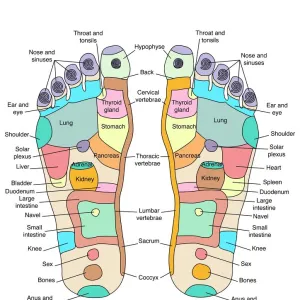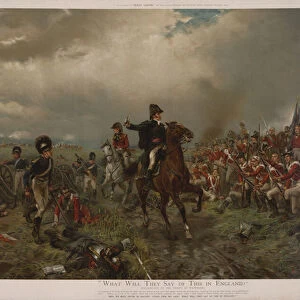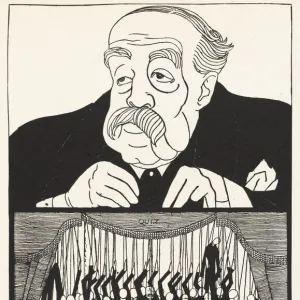Home > Europe > United Kingdom > Scotland > Strathclyde > Hamilton
Shaggy ink cap, Coprinus comatus
![]()

Wall Art and Photo Gifts from Mary Evans Picture Library
Shaggy ink cap, Coprinus comatus
Shaggy ink cap, lawyers wig or shaggy mane, Coprinus comatus. Chromolithograph after a botanical illustration by William Hamilton Gibson from his book Our Edible Toadstools and Mushrooms, Harper, New York, 1895
Mary Evans Picture Library makes available wonderful images created for people to enjoy over the centuries
Media ID 23178208
© Florilegius/Mary Evans
Coprinus Edible Fungi Gibson Hamilton Lawyers Mane Mushroom Mushrooms Mycology Shaggy Toadstools
FEATURES IN THESE COLLECTIONS
> Arts
> Artists
> H
> William Hamilton
> Europe
> United Kingdom
> Scotland
> Strathclyde
> Hamilton
> Mary Evans Prints Online
> New Images August 2021
> North America
> United States of America
> New York
> New York
> Related Images
EDITORS COMMENTS
This stunning chromolithograph depicts the Shaggy Ink Cap, scientifically known as Coprinus comatus. The Shaggy Ink Cap, also referred to as the Lawyer's Wig or Shaggy Mane, is a common and widely distributed mushroom in the northern hemisphere. This beautiful illustration is a testament to the intricate details and vibrant colors of this fascinating fungi. The Shaggy Ink Cap is easily recognizable by its tall, white, shaggy cap and long, white, sticky gills that turn ink-black when bruised or wet. The cap can grow up to 15 cm (6 inches) in height and has a bell-shaped appearance when young, eventually expanding and flattening as it matures. The Shaggy Ink Cap is an edible mushroom, but it must be cooked before consumption as it contains the toxin coprine, which can cause gastrointestinal discomfort when consumed raw. This mushroom is often found in grassy areas, meadows, and along the edges of forests. This illustration is a chromolithograph, a printing process that uses multiple lithographic stones, each coated with a different color. The process allowed for detailed and vibrant images, making it a popular method for botanical illustrations during the late 19th and early 20th centuries. This particular illustration is from the book "Our Edible Toadstools and Mushrooms" by William Hamilton Gibson, published by Harper in New York in 1895. Gibson was a renowned mycologist and botanical illustrator, and his work remains an important contribution to the field of mycology and the study of fungi.
MADE IN AUSTRALIA
Safe Shipping with 30 Day Money Back Guarantee
FREE PERSONALISATION*
We are proud to offer a range of customisation features including Personalised Captions, Color Filters and Picture Zoom Tools
SECURE PAYMENTS
We happily accept a wide range of payment options so you can pay for the things you need in the way that is most convenient for you
* Options may vary by product and licensing agreement. Zoomed Pictures can be adjusted in the Cart.







